Eurozone Q4 GDP growth was finalized at 0.2% qoq, unrevised. Annually, GDP grew 1.1% yoy. Over the whole 2018, GDP grew 1.8%. During Q4, household final consumption expenditure rose by 0.2%. Gross fixed capital formation increased by 0.6%. Exports increased by 0.9%. Imports increased by 0.5%. Eurozone Employment growth in Q4 was finalized at 0.3% qoq, 1.3% yoy.
RBA holds cash rate steady, maintains tightening bias
RBA has decided to keep the cash rate target unchanged at 3.60% amid ongoing uncertainty, but maintained its tightening bias. The central bank stated that some further tightening might be necessary, depending on developments in the global economy, household spending, inflation, and the labor market outlook.
In the official statement, RBA noted, “The Board expects that some further tightening of monetary policy may well be needed to ensure that inflation returns to target.”
RBA’s central forecast anticipates inflation to decline over the next couple of years, reaching around 3% by mid-2025. The statement highlighted that “medium-term inflation expectations remain well anchored, and it is important that this remains the case.”
Despite the slowing growth in the Australian economy, labor market remains very tight. However, as economic growth slows, RBA expects unemployment to increase. The Board remains alert to the risk of a “price-wages spiral”, given the limited spare capacity in the economy and the historically low rate of unemployment.
New Zealand GDP contracted -3.7% qoq in Q3, better than expectation
New Zealand GDP dropped -3.7% qoq in Q3, better than expectation of -4.3% qoq. For the year, GDP contracted -0.3% yoy, versus expectation of -1.6% yoy. Services industries dropped -2.7% qoq. Goods-producing industries dropped -7.3% qoq. Primary industries dropped -3.1% qoq.
The contraction reflects a widespread drop in economic activity due to the COVID-19 alert level restrictions and nationwide-lockdown implemented in the second half of the quarter. But the contraction in Q3 was “less pronounced” when compared with Q2 2020.
“The September 2021 quarter had fewer days in higher alert levels, and border restrictions were already in place. Also, some businesses may have adapted to and been better prepared for higher alert levels, compared with the first lockdown,” national accounts industry and production senior manager Ruvani Ratnayake said.
Fed Kashkari: Let’s not overdo policy normalization
Minneapolis Fed President Neel Kashkari said yesterday that it’s “appropriate” to start normalizing policy. However, he cautioned “let’s not overdo it”. “If we raise rates really aggressively, we run the risk of slamming the brakes on the economy, putting the economy into recession, which would then — we’d be crashing back down into this low inflation environment,” he warned.
Kashkari also revealed that he and his family had COVID earlier this year, and “a lot of families are experiencing what we just experienced.” He added “this will be a while” before people can be comfortably living with the coronavirus.
Japan CPI core rose to -0.6% yoy in Jan, CPI core-core turned positive to 0.1% yoy
Japan CPI core (ex-food) climbed back to -0.6% yoy in January, up from -1.0% yoy, above expectation of -0.7% yoy. All item CPI also rose to -0.6% yoy, up from -1.2% yoy. CPI core-core (ex-food and energy) turned positive to 0.1% yoy, up from -0.4% yoy.
BoJ is set to review its monetary policy tools in March, to make the massive stimulus program “more sustainable and effective”. It’s reported that the central bank could replace some numerical guidelines for ETF purchases. A source to Reuters noted that “to make the BOJ’s policy sustainable, it needs to avoid buying too much ETFs when doing so is unnecessary”.
US initial claims dropped to 206k vs expectation 227k
US initial jobless claims dropped -27k to 206k in the week ending December 8, better than expectation of 227k. Four-week moving average dropped -3.75k to 224.75k. Continuing claims rose 25k to 1.661M in the week ending December 1. Four week moving average of continuing claims dropped -2.5k to 1.66575M.
Also released, US import price index dropped -1.6% mom in November, Canada new housing price index rose 0.0% mom in October.
Fed Bullard: We don’t need the asset purchases at this point
St. Louis Federal Reserve president James Bullard repeated his call for tapering to end asset purchase by the early next year, as “we don’t need the asset purchases at this point.”
“I think a lot depends on whether inflation going to moderate in 2022 or not. I’m a little skeptical that it is. I think we’re going to get at least 2.5% inflation in 2022, maybe higher than that and there’s some risk to the upside on that,” Bullard said.
“We will be able to get to a good consensus on the committee and get to a good wind-down process. It does seem that we are coalescing around a plan,” Bullard said
Fed Kashkari: The real question is, when is inflation going to come down
Minneapolis Fed President Neel Kashkari said at an event in Marquette, Michigan, “The real question is, when is inflation going to come down.”
He warned of the potential risks to banks should high inflation persist, necessitating an extended period of tight monetary policy and an inverted yield curve. Such a scenario, Kashkari cautioned, “creates real problems for banks of all sizes. We are very aware of that.”
However, he also offered a more positive outlook tied to market expectations of easing inflation. If inflation does indeed fall rapidly, Kashkari suggested that “one might imagine interest rates normalizing, the yield curve uninverting and then the pressure on banks and their deposit bases becomes much smaller.”
UK GDP grew 0.2% in three months to May. Modest, driven by services
UK GDP rose grew 0.3% mom in May and 0.2% in the three months to May.
Growth were drive by Services with 0.34% growth in the rolling quarter. Production dropped -0.08% while construction dropped -0.10%.
Head of National Accounts Rob Kent-Smith said in the release:
“The first of our new rolling estimates of GDP shows a mixed picture of the UK economy with modest growth driven by the services sector, partly offset by falling construction and industrial output.
“Retailing, computer programming and legal services all performed strongly in the three months to May while housebuilding and manufacturing both contracted.
Services, in particular, grew robustly in May with retailers enjoying a double boost from the warm weather and the royal wedding. Construction also saw a return to growth after a weak couple of months.”.
Also from UK:
- Visible trade deficit was unchanged at GBP -12.4B in May.
- Industrial production dropped -0.4% mom, rose 0.8% yoy. Manufacturing production rose 0.4% mom, 1.1% yoy.
- Construction output rose 2.9% mom.
NFP in focus as 10-yr yield hit 3.1%
Focus will turn to US non-farm payroll report today. Markets are expecting 400k job growth in April. Unemployment rate is expected to be unchanged at 3.6%. Average hourly earnings is expected to stay strong at 0.4% mom.
Looking at related data, ISM manufacturing employment dropped sharply from 56.3 to 50.9, barely in expansion. ISM services employment dropped from 54.0 to 49.5, back in contraction. ADP report showed only 247k private job growth. Four-week moving average of initial claims also ticked up from 178k to 188k.
The figures on wages growth would be the most important ones to watch. Fed Chairman Jerome Powell talked down the prospect of a 75bps rate hike earlier this week. But the markets seemed not buying into this rhetoric after second thoughts.
10-year yield rose 0.149 to close at 3.066 overnight, after hitting as high as 3.108. Recent up trend is still in force towards 3.248 long term resistance level (2018 high). The reaction to NFP from 10-year yield would provide the guide to Dollar’s next move, in particular against Yen.
Sterling lower after retail sales miss, but loss is limited
Sterling suffers some selloff after worse than expected June retail sales data.
Retail sales including fuel dropped -0.5% mom, well below expectation of 0.2% mom growth. For the year, Sale including fuel rose 2.9% yoy, missing expectation of 3.7% yoy.
Retail sales excluding fuel dropped -0.5% mom, well below expectation of 0.2% mom growth. For the year, Sale excluding fuel rose 3.0% yoy, missing expectation of 3.5% yoy.
While the pound dips broadly after the release, selloff is not too serious. In particular, Australian Dollar reversed earlier gains and takes New Zealand Dollar lower with it.
Irish Coveney said Brexit text 90% done, outstanding issues predominantly Ireland related
Irish Foreign Minister Simon Coveney the Brexit withdrawal treaty is “already about 90% agreed in terms of text”. And, “the issues that haven’t been signed off on yet relate predominantly to Ireland and what’s needed now is the two negotiating teams to lock themselves in a room for the next 10 days.”
European Commission President Jean-Claude Juncker said earlier in the weekend that “the rapprochement potential between both sides has increased in recent days”. He added, it’s unsure whether the work will be finished in October, but “If not, we’ll do it in November.” And he emphasized EU’s “will is unbroken to reach agreement”
European Council President Donald Tusk also said “We will try for it in October… and I think there is a chance to have an accord by the end of the year.”
Into US session: Sterling strongest on wage growth, Kiwi follows on CPI
Inflation data is the dominant market drivers today. Entering into US session, Sterling is trading as the strongest one today on faster than expected wage growth data. The Pound also reversed all the earlier losses due to Brexit jitters and is now the second strongest for the week. New Zealand Dollar is the second strongest one after Q3 CPI beat market expectations.
On the hand other, Yen is the weakest one for today as markets sentiments generally stabilized. Asian stocks ended the day mixed while DAX and CAC are trading higher. Swiss Franc is trading as the second weakest one.
A snapshot of the European markets:
- FTSE is down -0.19%
- DAX is up 0.63%
- CAC is up 0.50%
- German 10 year bund yield is down -0.0058 at 0.499
- Italian 10 year yield is also down -0.071 at 3.483.
- That is, German-Italian spread is back below 300
Earlier in Asia:
- Nikkei rose 1.25%
- Hong Kong HSI rose 0.07%
- China Shanghai SSE dropped -0.85% to 2546.33. It actually breached last week’s low of 2536.66 to 2536.44
- Singapore Strait Times dropped -0.38%.
- 10 year JGB yield rose 0.005 to 0.149
AUD/CAD turns into consolidation ahead of 0.9870 projection target
AUD/CAD trades mildly softer today, partly because the Canadian Dollar is lifted by oil prices. More importantly, buying lost momentum, as seen in 4 hour MACD, just ahead of 38.2% projection of 0.8066 to 0.9696 from 0.9247 at 0.9870. A short term top is possibly in place at 0.9857.
Some consolidations would likely follow first. Considering that USD/CAD is on the verge of breaking through 1.2688 low, there is prospect of a deeper pull back in AUD/CAD too. Though, downside should be contained by 0.9617 resistance turned support to bring rally resumption. Break of 0.9870 will target 61.8% projection at 1.0254.
ECB Knot: Decision next week would imply a reduction in PEPP purchase pace
ECB Governing Council member Klass Knot said he’d expects a decision in next week’s meeting that “should not be incompatible” with ending the PEPP in March. And, “that would imply a reduction in the purchase pace.”
Knot explained that “PEPP has a clearly delineated objective — repairing the damage that the coronavirus has inflicted on the inflation outlook.” And, “the stars are much better aligned than they have been for a long time for the return of inflation back to 2%.”
Though, he added, “I can understand that next week we may want to maintain some optionality, also to see how the delta variant will play out.”
US goods exports rose 5.5% yoy in Feb, imports dropped -1.9% yoy
In February, US goods exports rose 5.5% yoy to USD 167.8B. Goods imports dropped -1.9% yoy to USD 259.5B. Trade deficit widened slightly to USD -91.6B.
Whole sales inventories rose 0.2% mom to USD 920.3B. Retail inventories rose 0.8% mom to USD 747.3B.
Australia wage price index rose 0.5% qoq, consumer sentiment rose 4.5%
Australia Wage Price Index rose 0.5% qoq in Q3, matched expectations. The trend and seasonally adjusted indexes for Australia both rose 2.2% through the year. The ABS Chief Economist, Bruce Hockman stated “The rate of annual wage growth eased slightly in September after being stable over the past year, continuing to grow at a slightly faster rate than consumer prices over the past year. The largest contribution to wage growth over the quarter was jobs in the health care and social assistance industry.”
Westpac-MI Consumer Sentiment rose 4.5% to 97.0 in November, up from 92.8. Westpac said “This result continues to support the general view that consumers are somewhat unnerved by the announcement of low rates and media controversy around the banks’ responses.”
US initial claims dropped to 200k, continuing claims dropped to 1.309m
US initial jobless claims dropped -11k to 200k in the week ending May 28, slightly below expectation of 205k. Four-week moving average of initial claims dropped -500 to 206.5k.
Continuing claims dropped -34k to 1309k in the week ending May 21. That’s the lowest level since December 27, 1969, when it was 1304k. Four-week moving average of continuing claims dropped -19.5k to 1327k, lowest since January 10, 1970, when it was 1310k.
Fed Rosengren and Kaplan thought rates should stay where they are
Boston Fed President Eric Rosengren said yesterday that “the appropriate path of policy is to stay where we are.” He added, “with the recent positive economic news, and with monetary and fiscal policy already accommodative, I see no need to make the current stance of monetary policy more accommodative in the near term.” It’s appropriate to “take a patient approach to considering any policy changes, unless there is a material change in the outlook.””Hopefully this is going to be a boring year for monetary policy”. He had penciled in no change in interest rate through 2020.
On the economy, he said ” it is unlikely we will have an economic downturn in the coming year, given the generally positive financial conditions and the continued accommodative monetary and fiscal policies… Plentiful jobs and growth in income have provided improvements in confidence and bode well for holiday sales and beyond… Fortunately for the economy, many consumers seem to be in a buying mood.”
Separately, Dallas Fed President Robert Kaplan told Bloomberg that “we’re going to have weak manufacturing next year, sluggish global growth, pretty sluggish business investment, but with a strong consumer”. Still, “there would have to be some material change from that outlook” for him to back a rate change.




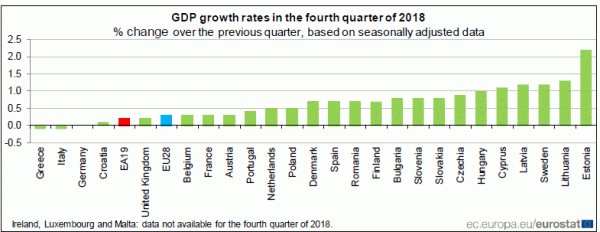
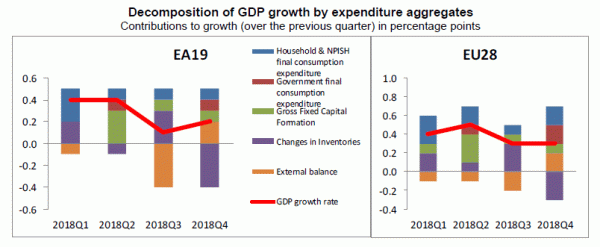
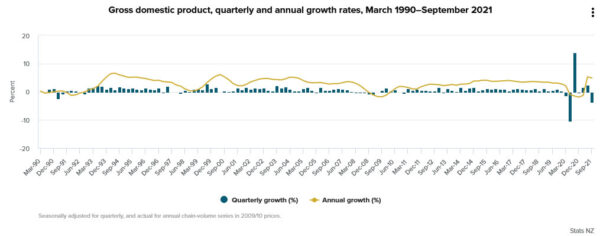
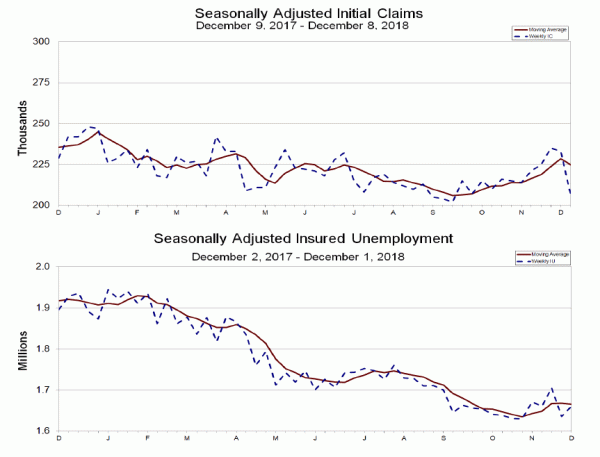
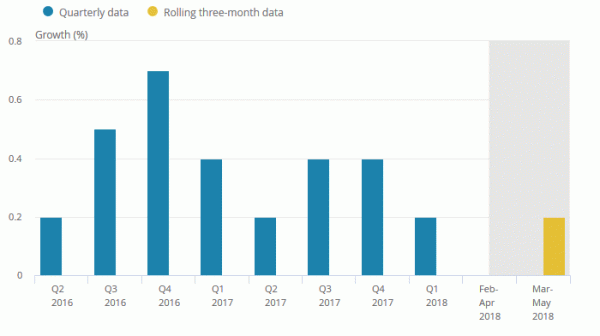
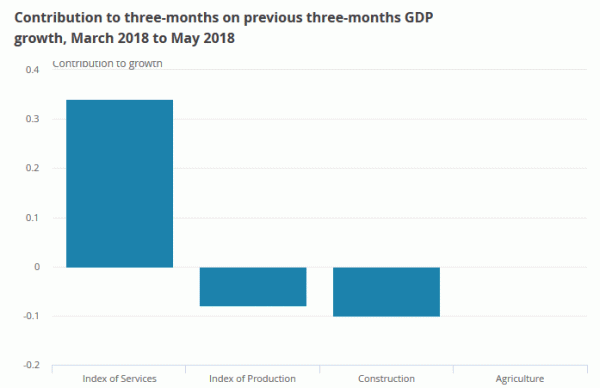
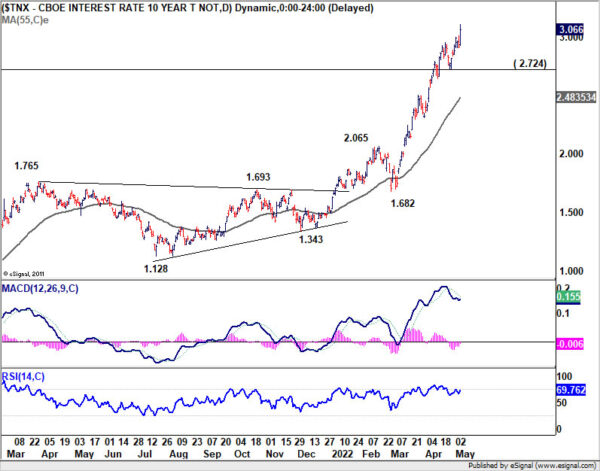
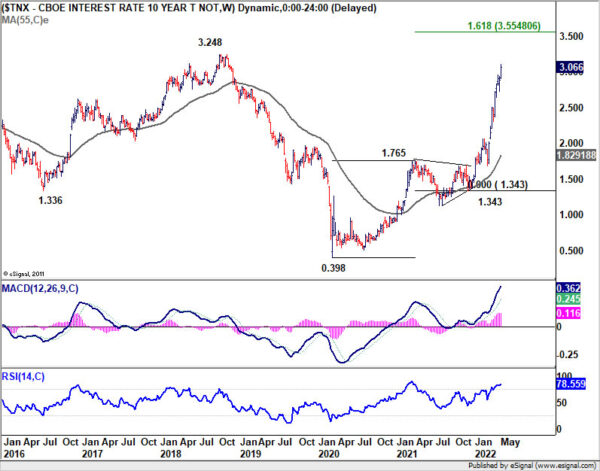
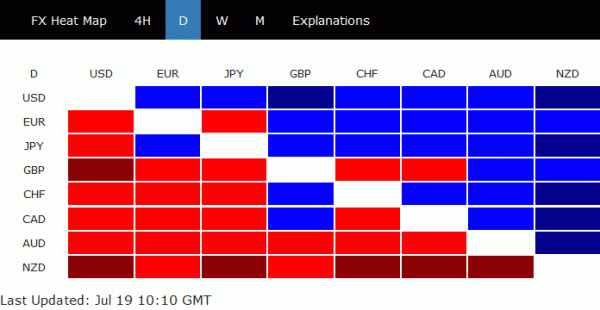
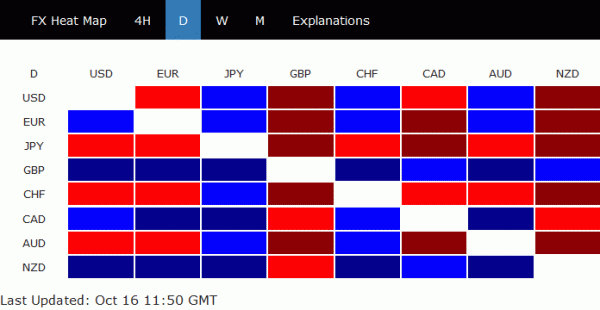
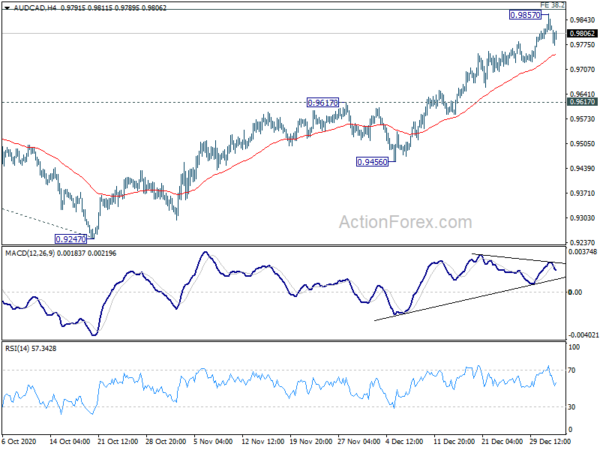
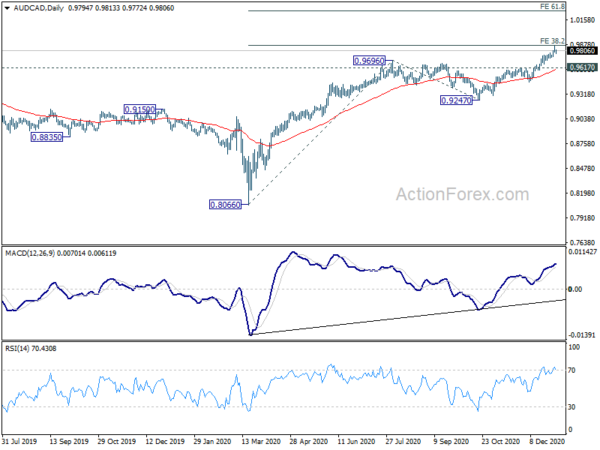

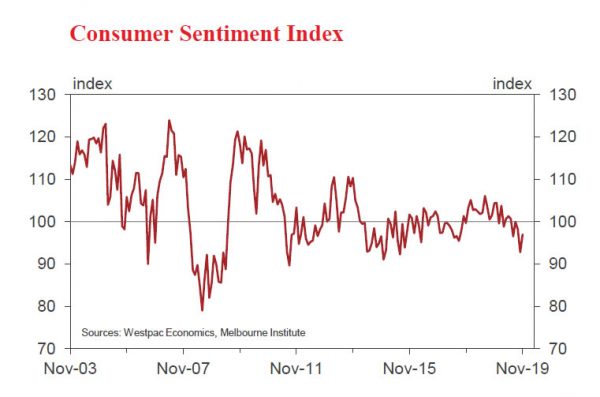
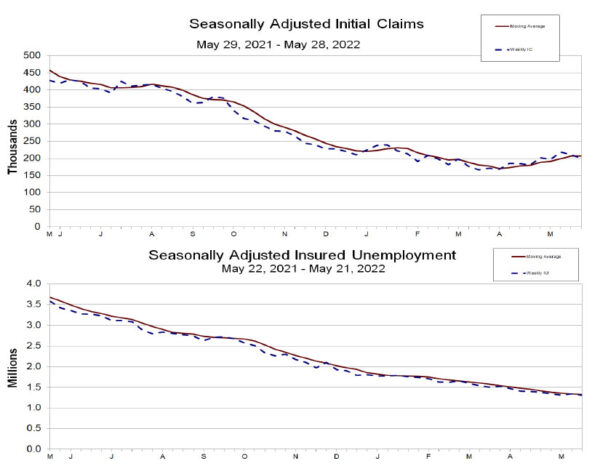

Sterling jumps as Corbyn supports second referendum, May mulls Brexit delay
Sterling jumps broadly as UK opposition Labour said they’re ready to back second referendum. Also, Prime Minister Theresa May is said to be considering delaying Brexit. Labour leader Jeremy Corbyn has been against another public vote on Brexit but finally bowed down to pressure inside his party. He formally said on Monday evening that “one way or another, we will do everything in our power to prevent no-deal and oppose a damaging Tory Brexit based on Theresa May’s overwhelmingly rejected deal,”. And, “that’s why, in line with our conference policy, we are committed to also putting forward or supporting an amendment in favor of a public vote to prevent a damaging Tory Brexit being forced on the country.”
Separately, Bloomberg reported that May will finally allow Cabinet discussion on extending Article 50 beyond March 29 on Tuesday. The Sun went further and said May would propose formally ruling out a “no-deal” Brexit scenario. May will chair a Cabinet discussion today in London morning, and that update the Parliament on discussions after noon. The government will propose motions on Brexit state-of-play by Tuesday night. The motion will be debated and voted on Wednesday.